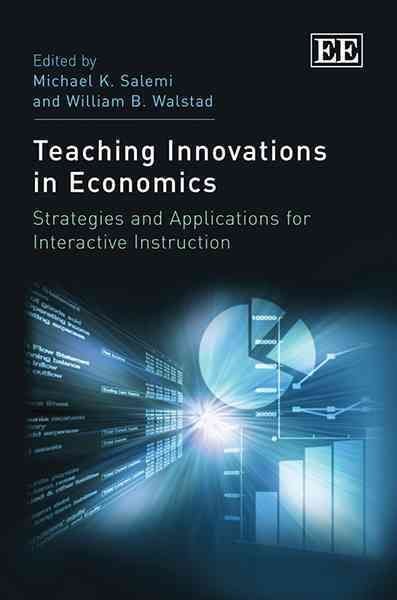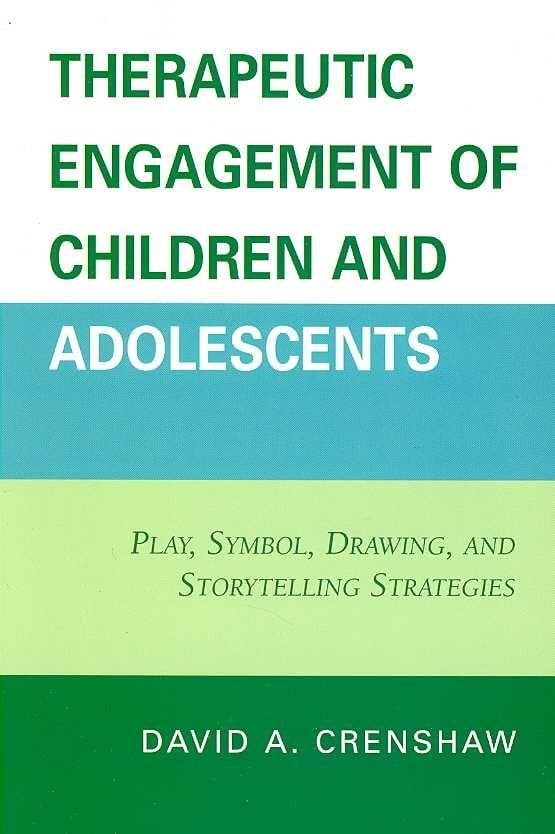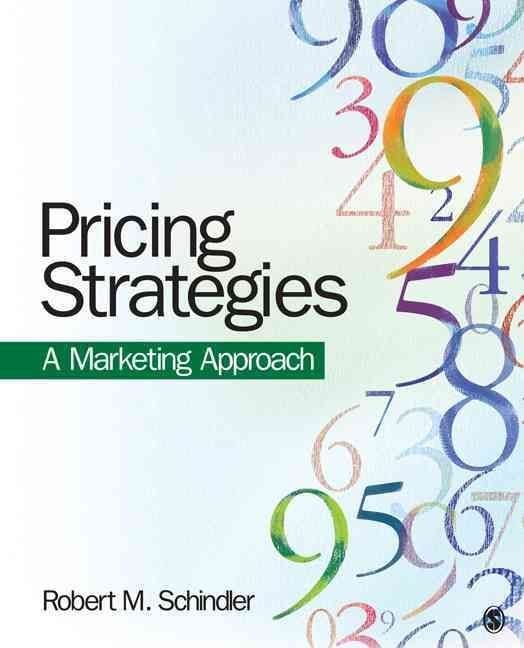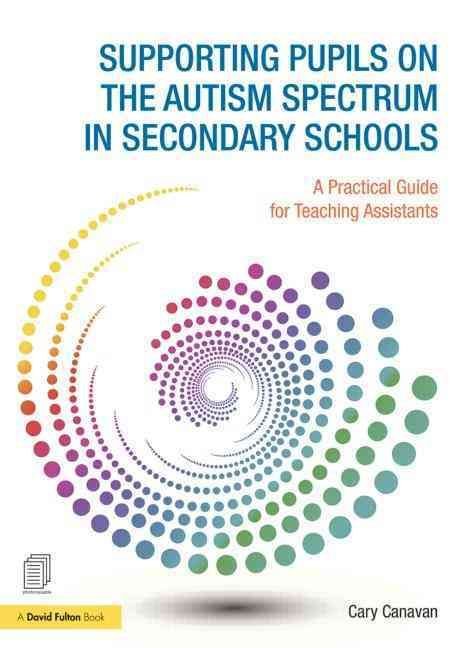Teaching Innovations in Economics presents findings from the Teaching Innovations Program (TIP) funded by the National Science Foundation. The six-year project engaged economics professors in the use of interactive teaching in undergraduate economics courses. Each chapter offers an insightful explanation of an innovative teaching strategy and provides a description and examples of its effective use in undergraduate economics courses. The book?s conclusion assesses the results from an evaluation of the program that reports detailed findings on how TIP fundamentals have contributed to faculty development and successful outcomes. The first three chapters of the book describe the results of TIP?s three phases: (1) workshops on teaching for college and university economics instructors that introduced them to a variety of interactive teaching strategies; (2) follow-on instructional modules that provided mentoring from interactive strategy experts and gave participants an opportunity to adapt and apply these strategies to their undergraduate economics courses; and (3) opportunities to contribute to the scholarship of teaching and learning in economics, which involves sharing and discussing teaching innovations with other faculty members in presentations, papers, and other forums. The chapters following describe the seven interactive strategies featured in the project: cooperative learning, classroom experiments, interpretive discussion, formative assessment, context-rich problem solving, teaching with cases, and active learning in large-enrollment courses. These seven chapters were each written by a team of four economists, consisting of a strategy expert and three TIP participants who used the teaching strategy in their classrooms with students. Written by economists and for economists, this is a valuable resource for all undergraduate economics instructors who seek to enrich their teaching and engage their students in employing economics theory and practice in the cl …












